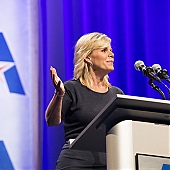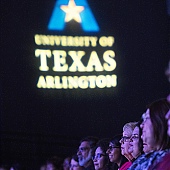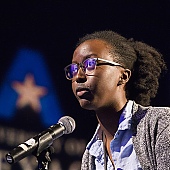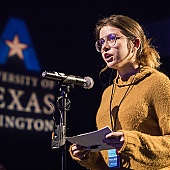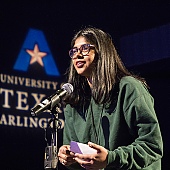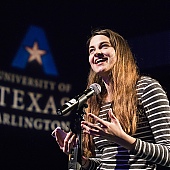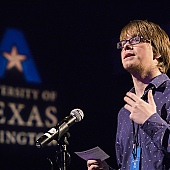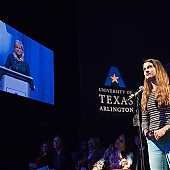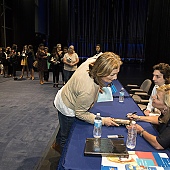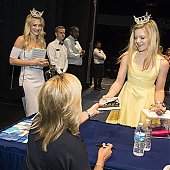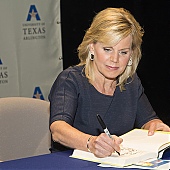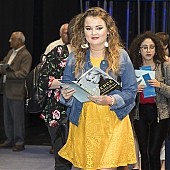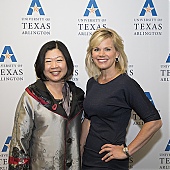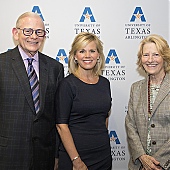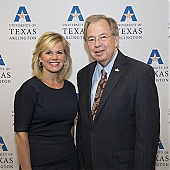Uncovering of Ruler’s Tomb Dates to 350 B.C.
Summer 2011 · Comment ·
A UT Arlington archaeologist is gaining international recognition for his role in research that revealed the oldest known tomb of an ancient Maya ruler. Michael Callaghan, an adjunct assistant professor in the Department of Sociology and Anthropology, worked on a team led by University of Kansas research associate John Tomasic, who found the burial site in 2008 at K’o, Guatemala. Archaeologists unearthed the body of a man believed to be in his 50s and in seemingly good health at the time of his death. They also found an incense burner with the image of a jester god headdress, along with vessels, jars, and plates. “One pot had a little crown with a three-pronged headdress on it, and that’s known to be only associated with kingship,” says Dr. Callaghan, who analyzed the ceramics. “The work was supported by radiocarbon analysis, which gave us a date of 350 B.C.” Until now, the earliest known royal burial of a Maya ruler was from San Bartolo, Guatemala. It was discovered in 2005 and dated to 100 B.C. Both burial sites were found beneath homes. Callaghan presented the team’s research for the first time publicly at the 76th annual meeting of the Society for American Archaeology in April. Since then, news of the findings has appeared in USA Today, the London Daily Mail, and Tehran’s Cultural Heritage News Agency, among other media outlets. Callaghan says the Maya are fascinating. “Growing up, we learn about Mesopotamia and Egypt, but the Maya are so different in the way they looked at ideology, their religious focus, and art.” He plans to research more about the Maya civilization, with a focus on how social hierarchies started and why people created social divisions.

